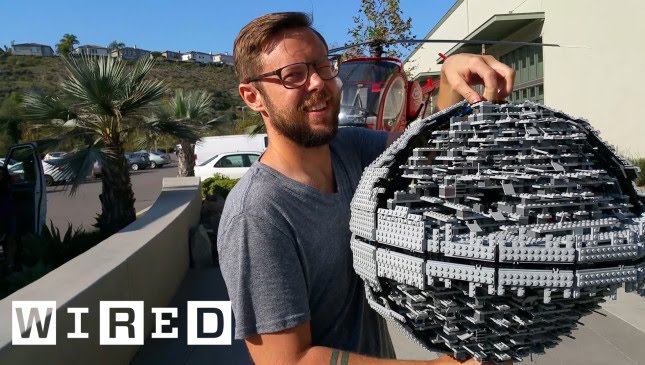The Power of Non-Verbal Communication: Insights from a Former FBI Spy Catcher
Summary
In this article, we explore the importance of non-verbal communication, particularly the face, in conveying emotions and sentiments. The former FBI spy catcher, Joe Navarro, explains that the face is the key to non-verbal communication, and provides insights into how we can read and understand these non-verbal cues. We also learn about the concept of chirality in chemistry and how it can be applied to the face to better understand the specific emotions being expressed.
Table of Contents
- The Primacy of the Face in Non-Verbal Communication
- Reading Non-Verbal Cues Beyond the Face
- Creating a Relaxed Atmosphere in Video Conferences
- The Importance of Synchrony in Communication
- The Concept of Chirality in Non-Verbal Communication
- The Power of Non-Verbal Communication in Showing Empathy
The Primacy of the Face in Non-Verbal Communication
According to Joe Navarro, the face is the key to non-verbal communication. It provides a wealth of information and feelings that we receive from others. When it comes to non-verbal communication, the face takes primacy. The brain reacts to the world in two areas, comfort and discomfort. When we are comfortable, the muscles of the face become relaxed and we exhibit behaviors such as smiling, laughing, and having slightly wide pupils. When we experience psychological discomfort, it usually registers in several areas such as the forehead, between the eyes, and the chin. Covering of the eyes is also a display of psychological discomfort. Our face immediately displays what we feel in that moment through our non-verbals. Our behavior is either consistent with comfort or discomfort.
Reading Non-Verbal Cues Beyond the Face
The ability to see the full face is important as it provides a lot of information about a person’s emotions and sentiments. However, even with masks, we can still communicate and understand each other through body language. It is important to redirect where we get information from, such as the neck, shoulder, hand, and fingers. In video conferences, it is better to angle oneself rather than directly looking at the lens to create a more relaxed atmosphere.
Creating a Relaxed Atmosphere in Video Conferences
In video conferences, it is important to create a relaxed atmosphere to facilitate communication. Joe Navarro suggests angling oneself rather than directly looking at the lens to create a more relaxed atmosphere. This helps to create synchrony between both parties, engaging them at both a conscious and subconscious level.
The Importance of Synchrony in Communication
Synchrony is important in communication as it engages both parties at a conscious and subconscious level. As a former FBI agent, the speaker developed the ability to notice oddities in a person’s face during interviews. This ability to read non-verbal cues helped him to better understand the person he was interviewing and to establish rapport.
The Concept of Chirality in Non-Verbal Communication
The concept of chirality in chemistry can be applied to the face, where sometimes a person’s face shows two emotions, one on the left and one on the right. By covering one half of the face, one can more clearly see the specific emotion being expressed. Emotions are normally seen fully on both sides of the face, so when they are not, it is important to focus on and determine why.
The Power of Non-Verbal Communication in Showing Empathy
The face is important because it allows us to show that we care and validate what others are going through. By studying nonverbal communication, we can gain understanding about ourselves and positively affect others. Non-verbal communication is especially important in showing empathy, which is crucial in building strong relationships and connections with others.
Conclusion
In conclusion, non-verbal communication, particularly the face, plays a crucial role in conveying emotions and sentiments. By understanding how to read and interpret non-verbal cues, we can better understand ourselves and others, and build stronger relationships and connections.







